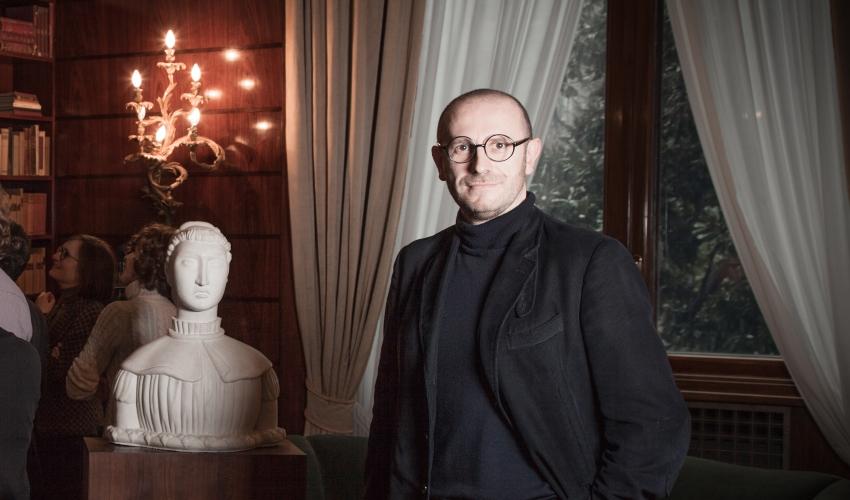
Exporting Art to Build the Italy Brand
THE GUGGENHEIM HAS TRANSFORMED BILBAO, FRANCE HAS EXPORTED THE LOUVRE TO THE UNITED ARAB EMIRATES. AND ITALY? ITALIAN MUSEUMS COULD CONQUER THE WORLD, IF THEY ONLY WORKED ON THEIR BRAND IDENTITYby Andrea Rurale, Dept. of Marketing, Bocconi
Translated by Alex Foti
A museum turns into brand when it has its own identity, which is given by its collection and how it speaks to the public. A case in point is New York City’s Guggenheim Museum, which built a twin in Bilbao, Spain, twenty years ago, considerably boosting the cultural and social capital of the city in the Basque region. In fact, the presence of the Guggenheim Museum has managed to transform the reputation of the city of Bilbao from a city famous for its steel and naval industries into a creative city with strong international attractiveness, one the EU’s most promising creative hubs, so much that researchers talk of a “Bilbao effect” to refer to the positive externalities generated by a major cultural institution (Plaza, 2014).
The Louvre exported to Abu Dhabi not only its name but also a part of its collection, thus giving France and French culture a major presence in the United Arab Emirates and the Gulf. Many commentators noted that if Italy were to export even a small part of its countless treasures held in public museums to foreign countries that are positioning themselves as creative hubs attentive to the value of art and culture, the diffusion of the Italian cultural heritage around the world would improve significantly.
However we must make a distinction in this regard: unlike the Guggenheim or the Louvre, Italy does not have museums that have an identity so strong that it can be exported to promote Italian culture abroad, as well as fostering economic growth in the recipient country. Italy’s Uffizi, Brera or Pompei are not yet capable of conjuring Italian culture just by virtue of their names, precisely because they’re just names, not yet museum brands.
This happens because too often in Italian museums all talk of promotion, brand and marketing is taboo. A brand must evoke attributes, benefits and values that consistently represent a style and an identity. Italian museums must finally decide what their brand identity is, i.e. which fundamental characteristics permeate their activities and define their actions. A museum’s identity thus becomes crucial for it to be marketed domestically and abroad, if this is the path that the museum decides to travel. What Italian museums are experiencing today is a major difficulty in defining their brand image.
Determining how a museum wants to present itself to the outside world (brand identity), while at the same time understanding the perception that the public has of it (brand image) are the first steps for the branding of museums. Only then we can start thinking about which museum would best represent the Italian heritage abroad and how the Italy brand can be exported along with the works of art that travel for a short or long period of time to a foreign city. The recent museum reform has enabled steps forward but the road ahead is still long. The recently-gained administrative autonomy of Italian museums (for now limited to the 30 major public museums at the expense of smaller ones) allows their directors to think about cultural branding. The necessary activities of research, maintenance, and curation of art works must be accompanied by an actual recognition of the importance of market analysis for a serious evaluation of cultural consumption in Italy. If Italian cultural institutions are not staffed by cultivated people who have knowledge of their public and know how to apply it, situations like those of Guggenheim or the Louvre will remain unattainable dreams.
